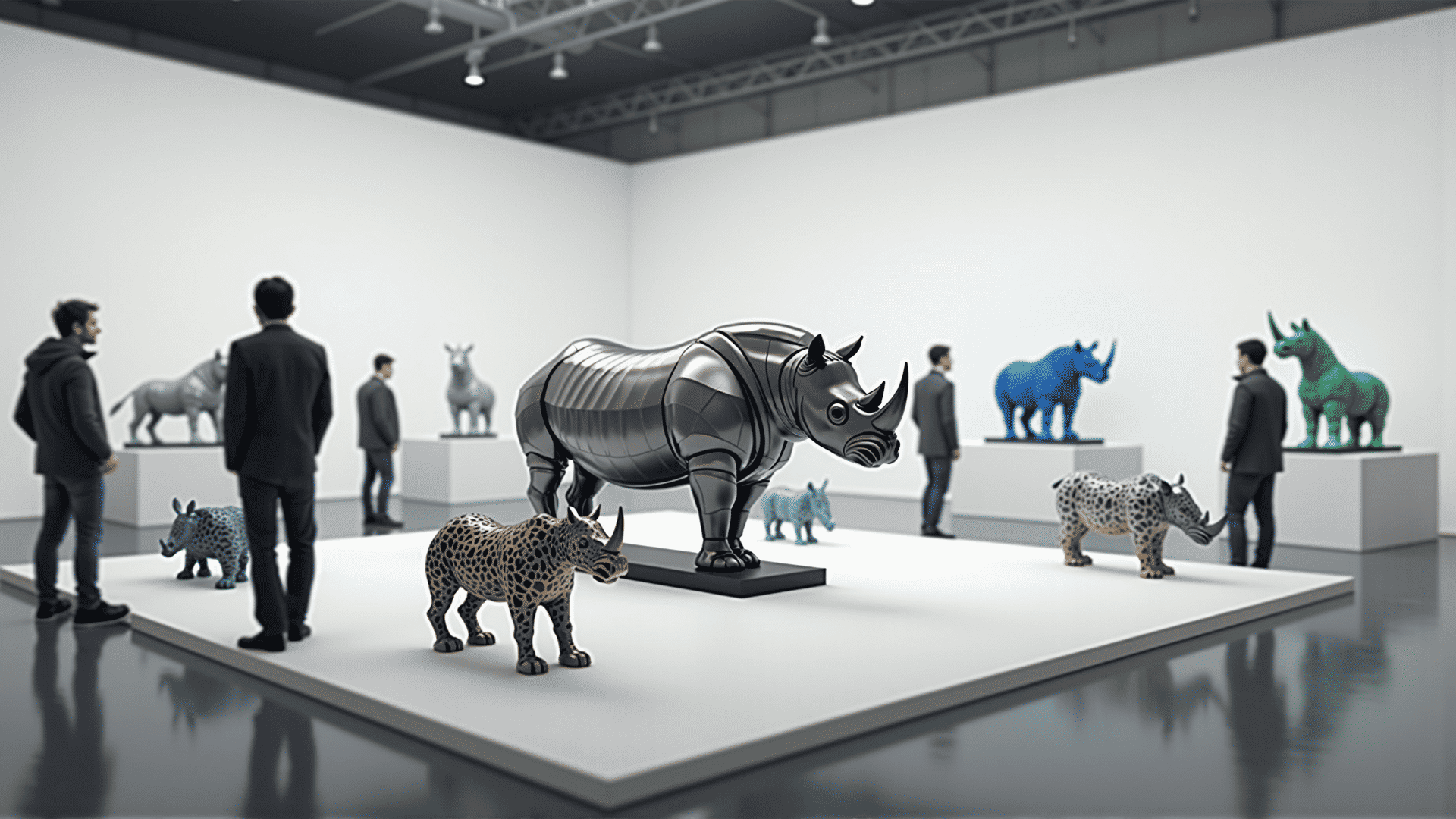The intersection of 3D printing and rhino art is a fascinating frontier that combines wildlife conservation with cutting-edge technology. As we dive into the future of 3D printed rhino art, the potential for innovation and impact is vast. Several promising trends and technological advancements are poised to reshape this artistic domain, offering novel ways to appreciate and protect these magnificent creatures.
One significant trend is the increased accessibility and sophistication of 3D printing technology. As printers become more advanced, they offer higher resolutions and new materials, enabling artists to create more detailed and lifelike rhino sculptures. Future advancements may introduce printers capable of working with eco-friendly materials that mimic natural textures, allowing for the creation of sculptures that not only look realistic but also convey the robust physicality of rhinos.
Moreover, the integration of artificial intelligence into the design process promises to revolutionize the field. AI can assist artists in generating complex designs that are otherwise difficult to conceptualize and execute, leading to more innovative and intricate rhino art. This technology can also optimize print settings and material use, ensuring that each piece not only captures the essence of the rhino but is also produced efficiently and sustainably.
Additionally, the rise of customizable art experiences through mixed media is set to enhance the appeal of 3D printed rhino art. Artists can incorporate augmented reality (AR) into their creations, allowing viewers to engage with rhino sculptures in an entirely new way. Imagine viewing a printed rhino sculpture where an AR app brings it to life, providing educational overlays about rhino behavior, habitat, and conservation efforts. This blend of physical and digital art can educate and inspire audiences about the importance of conserving these endangered animals.
Communities supporting rhino conservation are also likely to benefit from these technological strides. By creating awareness and raising funds through 3D art sales or exhibitions, artists and organizations can contribute to conservation efforts. Limited edition prints of rhinos can be sold as a means to funnel resources to charities focused on habitat preservation and anti-poaching initiatives. With advances in e-commerce platforms, the global art market is more accessible than ever, allowing artists to reach a worldwide audience dedicated to wildlife conservation.
Furthermore, 3D printing technology can play a role in direct conservation efforts. By printing anatomical models of rhinos, veterinarians and researchers can gain a better understanding of the physical characteristics of these animals, aiding in medical training and research. These models can be used as educational tools for conservationists and can facilitate international collaboration in species conservation projects.
Finally, collaborations between tech companies and artists concerned with wildlife preservation could drive significant advancements in 3D printed rhino art. Joint ventures might explore innovative uses of biocompatible materials that not only reduce environmental impact but also find applications in conservation, such as creating artificial rhino horns to diminish the demand for poaching.
As we look to the future, the possibilities for 3D printed rhino art are both exciting and impactful. With continued technological innovation and a commitment to wildlife conservation, this art form has the power to educate, inspire, and contribute to the ongoing fight to protect rhinos from extinction. Whether through more intricate and realistic portrayals or interactive educational experiences, 3D printed rhino art holds the promise of a brighter future for these majestic creatures.
